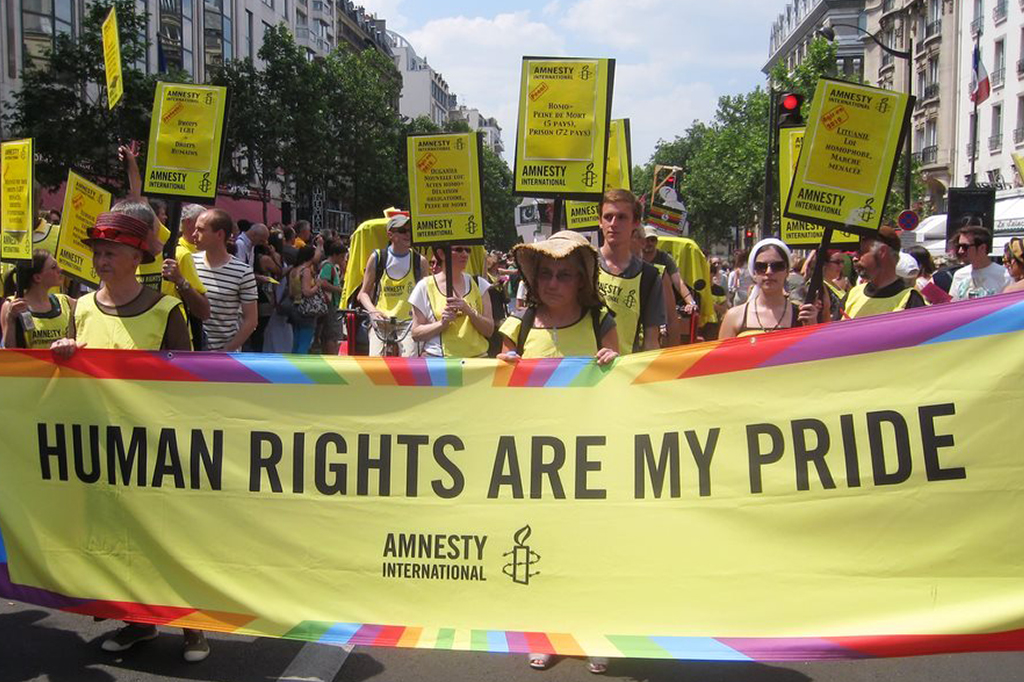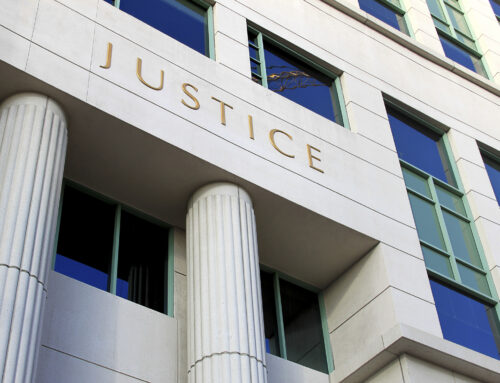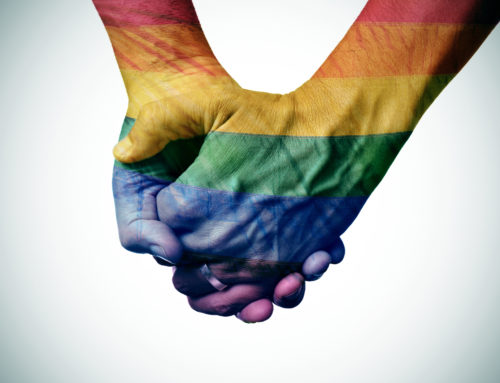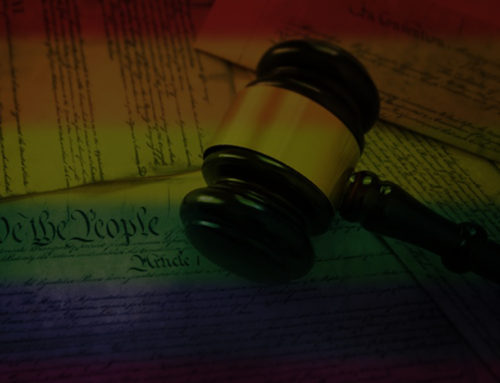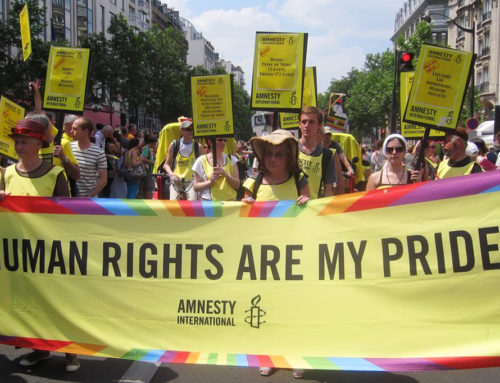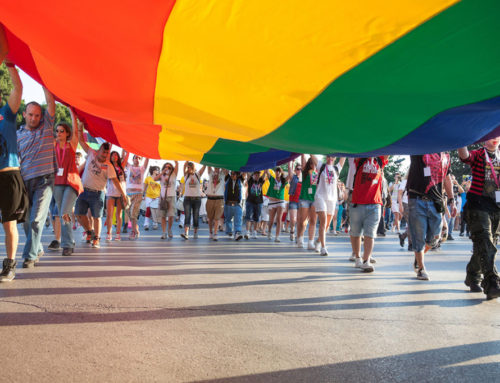In 2019, the Associated Press (AP) conducted an analysis of U.S. states to compare laws and regulations for LGBTQ workers. The results of the evaluation were that the majority of states lacked comprehensive legal protections. This means that in many states, workers can be fired for their sexual orientation or gender identity without consequence to their employer. It also means that a potential applicant can be denied a job simply because they are gay or transgender.
There are some existing protections for LGTBQ workers, mostly on the state or federal court level. There are regions in the U.S. that offer more protection and there are some areas that offer none. There are also states that offer some safeguards, but not full protection against workplace discrimination. However, there are currently three cases before the Supreme Court that may change the federal laws and confirm protections, or the lack thereof, for LGTBQ workers. These rulings would also affect state laws.
Existing Types of Protection for LGTBQ Workers
At the federal level, most work discrimination protections fall under Title VII of the 1964 Civil Rights Act. This act prohibits discrimination in the workplace based on sex. However, these sex-based protections have rarely been tested to see if they also include prohibitions in the workplace based on sexual orientation and gender identity.
While the federal level doesn’t expressly offer workplace protections for LGTBQ workers, almost half of the states have expanded their own protections. These protections generally extend anti-discrimination rights to explicitly include protections based on sexual orientation and gender identity. In contrast, some states only offer limited safeguards but don’t grant full protective rights to LGTBQ workers. About half of the states offer no protection at all.
Even if a state does not offer any protection for LGTBQ workers, it can still be provided on a local level, where city laws and regulations offer more expansive safeguards. There are also some states that do not offer state-wide protections, but they are a part of a federal circuit jurisdiction that has made rulings that are favorable to LGTBQ protections. If challenged, the state would more than likely have to uphold these non-discrimination protections state-wide.
States With Protection for LGBTQ Workers
There is some progress. Currently, 21 states have laws that explicitly prohibit discrimination based on sexual orientation and gender identity. In addition to that, Michigan and Pennsylvania have expressly interpreted current non-discrimination laws to include prohibitions of discrimination based on sexual orientation and gender identity.
Wisconsin offers partial protection for LGTBQ workers because it has a specific law that prohibits discrimination based on sexual orientation but does not have any laws regarding workers and gender identity. The majority of the protective states are in the Northeast. The AP analysis found that 89% of LGTBQ workers living in this area had some sort of LGTBQ anti-discrimination workplace protections.
States Without Protection for LGBTQ Workers
26 states have no express prohibitions for discrimination based on sexual orientation or gender identity. Furthermore, the AP analysis led to another astonishing fact: almost half of the country’s LGTBQ workers live in states that have no protection for them as workers. That is almost 4 million Americans who lack protections to not be discriminated against at work because they identify as LGTBQ.
There are fewer protections for LGTBQ workers in southern states. Some of those states like Arkansas, North Carolina, and Tennessee have a history of trying to ban local courts and legislatures from passing LGTBQ workplace protections. Only about 18% of all LGTBQ workers in southern states have non-discrimination protections based on sexual orientation or gender identity.
Current Supreme Court Cases That May Alter Protections for LGTBQ Workers
Currently, three separate cases are being heard in tandem before the Supreme Court. These cases concern federal protections under the Civil Rights Act regarding work discrimination. The main issue is whether the current protection based on sex includes sexual orientation and gender identity.
As of now, sex-based protections only prohibit work-based discrimination on the basis of sex. This means that an employer cannot discriminate against, harass, or retaliate against an applicant or an employee on the basis of their sex. These protections have not been determined to expressly protect against discrimination on the basis of sexual orientation or gender identity at the federal level.
Oral arguments for these cases began in October 2019 but the decision probably will not be made before the Summer of 2020. There will be a broad impact if the court finds that sex-based discrimination includes sexual orientation and gender identity. This ruling could extend LGTBQ safeguards to also be included federally in the Fair Housing Act and in education discrimination claims.

